
In today’s world where network devices are constantly increasing, have you ever wondered how devices like IP phones and wireless APs easily obtain power support? The answer is PoE technology, which will give you a comprehensive understanding in just 5 minutes!
1. What Is PoE?
PoE, or Power over Ethernet, is a technology that allows power to be transmitted through network cables, enabling simultaneous data transmission and device power supply over Ethernet. It has several other names, such as LAN-based power supply system, active Ethernet, or simply Ethernet power supply.
To standardize the development of PoE technology, the IEEE standards committee has established three important standards: IEEE 802.3af, IEEE 802.3at, and IEEE 802.3bt.
2. Why Is PoE So Important?
As the number of IP phones, network video surveillance, and wireless Ethernet devices in networks increases, the demand for power becomes more urgent. Many terminal devices require DC power, but they are often installed on ceilings or outdoors, making it difficult to find power outlets, and there is no place to put AC-DC converters. Moreover, managing power supply for multiple devices in a large LAN can be cumbersome.
The emergence of PoE perfectly addresses these issues, offering three significant advantages: reliable power supply, as a single PoE device can power multiple terminals and supports power backup; super simple connections, as terminal devices require only one network cable; and standardized interfaces, using the globally recognized RJ45 power connector, allowing seamless integration of devices from different manufacturers.
3. How Does PoE Work?
(1) Clear Role Distribution Among Devices
In a PoE power supply system, there are two key roles: Power Sourcing Equipment (PSE), such as PoE switches, which are responsible for detecting, analyzing, and intelligently managing power; and Powered Devices (PD), such as wireless APs and cameras, which fall into this category, with PD further divided into standard and non-standard PDs.
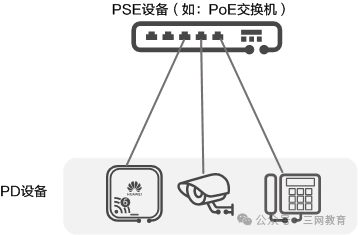
Roles of PoE Power Supply Devices
(2) Distinct Characteristics of Power Supply Modes
PSE devices can be categorized into MidSpan (where the PoE function module is external to the device) and Endpoint (where the PoE function module is integrated into the device), with the Huawei CloudEngine S series PoE switches belonging to the Endpoint type.
Endpoint types have two power supply modes: Alternative A mode, which supplies power through pairs 1/2 and 3/6, allowing data and current to share the same pairs; and Alternative B mode, which supplies power through pairs 4/5 and 7/8. It is important to note that IEEE standards do not allow both modes to be used simultaneously, but PDs must be able to adapt to both situations.
(3) Rigorous Power Supply Negotiation Process
When the PSE device is powered on and the PD connects, the power supply negotiation begins:
1. Detecting PD: The PSE port periodically outputs a small voltage to detect a specific resistance to determine if a PD is connected.
2. Power Capability Negotiation: The PSE classifies the PD and negotiates the power supply capacity, which can be done through resistance analysis or the LLDP protocol.
3. Starting Power Supply: During the startup phase, the PSE gradually supplies power to the PD from a low voltage until it reaches 48V DC voltage.
4. Normal Power Supply: Once the voltage stabilizes at 48V, the PSE continuously provides stable DC power to the PD, as long as the PD’s power does not exceed the maximum output power of the PSE.
5. Power Cut Protection: The PSE constantly monitors the PD’s current, and if an abnormal current occurs, such as the device being unplugged, power overload, or a short circuit, it will cut off the power and then recheck.
It is worth mentioning that the LLDP protocol can be used for power capability negotiation, but the Power via MDI TLV format defined by IEEE 802.3 can only negotiate power parameters for IEEE 802.3af and IEEE 802.3at standards, while it is incapable of negotiating parameters for the IEEE 802.3bt standard.
4. What Are the Differences Among PoE Power Supply Standards?
The IEEE 802.3af standard specifies that the PSE can provide a maximum of 15.4W DC power per port, with the powered device able to use up to 12.95W. The IEEE 802.3at standard, while compatible with 802.3af, can provide a maximum of 25.5W.
The IEEE 802.3bt standard has even stronger power supply capabilities, with Type 3 providing up to 51W and Type 4 up to 71.3W, also supporting technologies such as 2.5GBASE-T, 5GBASE-T, and 10GBASE-T, which significantly enhance power supply assurance for high-performance wireless access points and surveillance cameras. Typically, these three standards correspond to power supply technologies known as PoE, PoE+, and PoE++ (4PPoE).
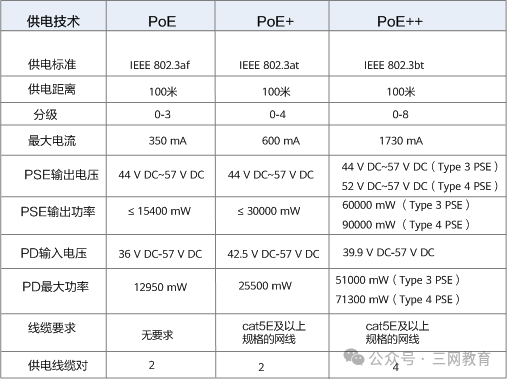
5. What PoE Switches Does Huawei Offer?
Huawei’s S series campus switches, wireless access controllers AC, and AR access routers have some models that support PoE power supply, which is determined by hardware and cannot be achieved through software upgrades.
Taking the S series campus switches as an example, the chassis switch must support PoE power supply for the chassis and the inserted boards; the box switch can supply power as long as the model supports PoE function.
PoE technology makes network power supply easy and efficient, and I hope this article helps you gain a deeper understanding of it. If you have other network technologies you’d like to learn about, feel free to leave a message!
If you want to learn about information related to network engineers, certification news, and preparation guides, you can add the course consultant from Sanwang Education, and they will provide you with detailed information~


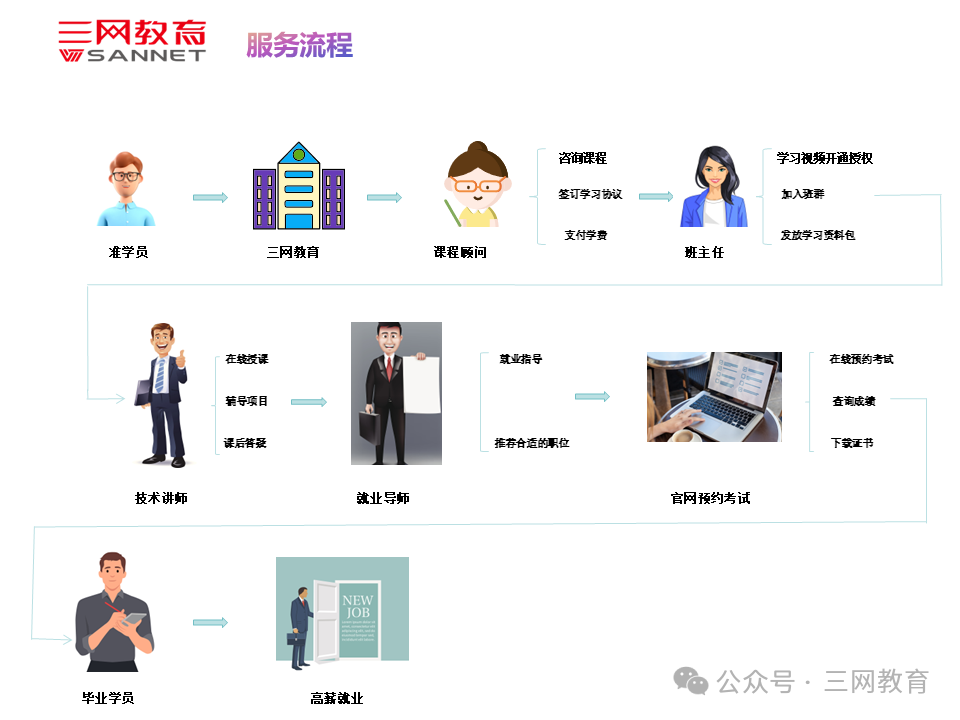
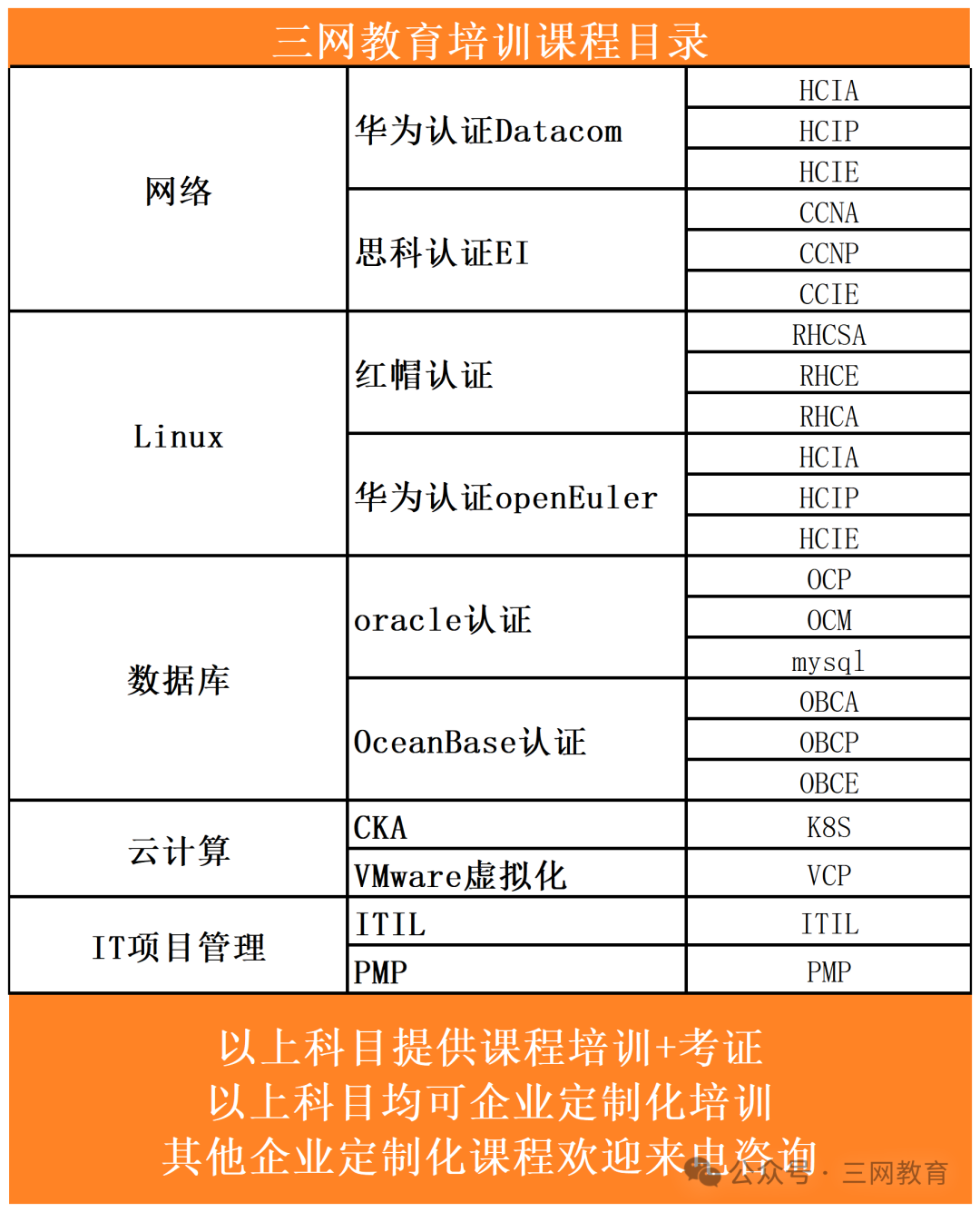
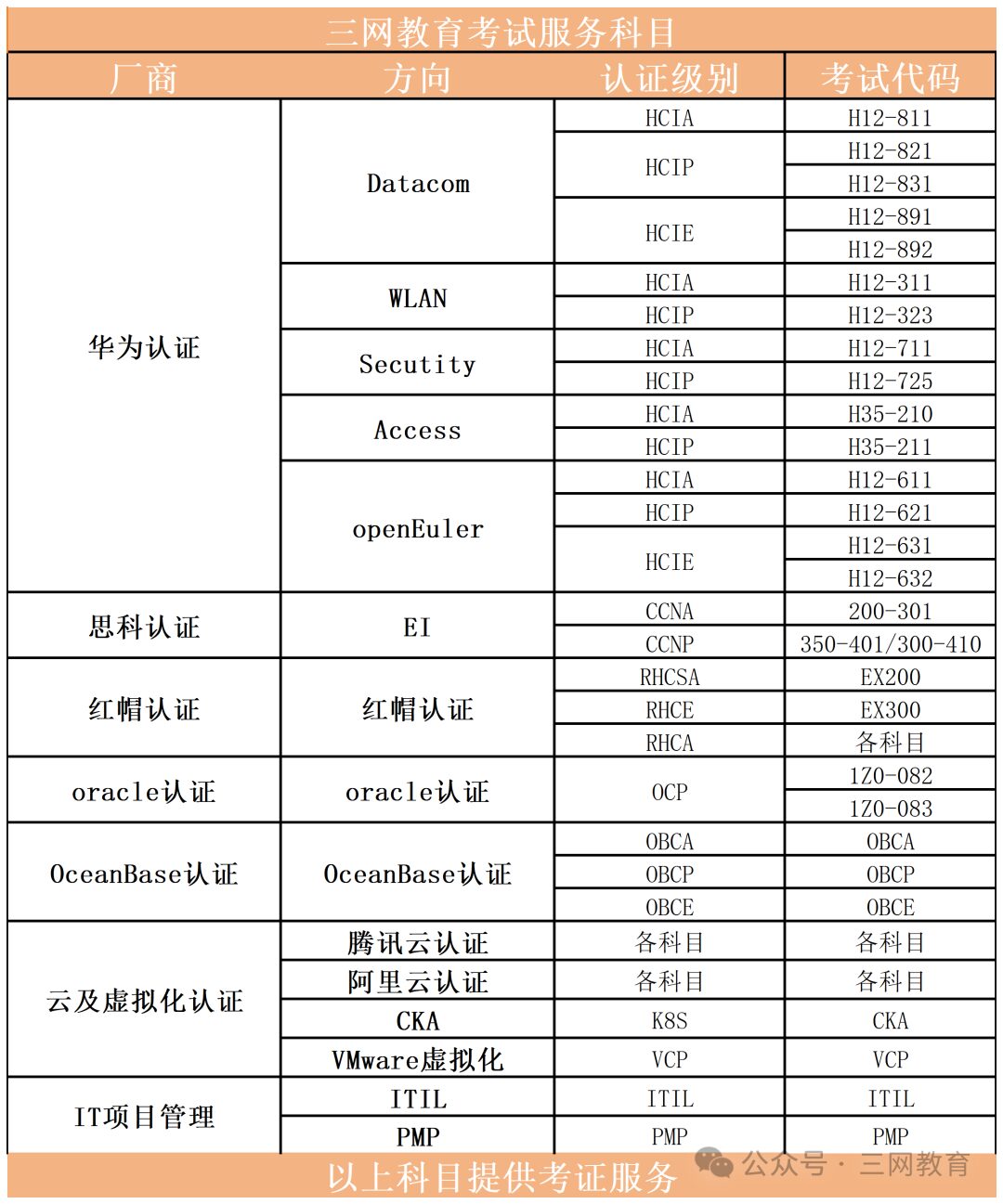
Why Choose Sanwang Education
01
Deep Training Background
Sanwang Education was founded in 2006, and after 19 years of cultivation, it has trained over 10,000 high-end IT talents in Suzhou and surrounding cities, with students spread across various domestic and foreign enterprises in the United States, Canada, Japan, New Zealand, South Korea, Singapore, as well as Hong Kong and Macau. Sanwang’s client base covers industries such as government, finance and securities, foreign enterprises, large state-owned enterprises, and universities.
02
Professional IT Certification Training and Exam Center
Sanwang Education is an authorized training center for several original manufacturers. Currently, our training services cover Huawei, Cisco, Red Hat, Oracle, Microsoft, VMware, IT project management, cloud computing, and other technical fields, and we are also an authorized exam center for PROMETRIC and ATAC.
03
Strong Teaching Faculty
Sanwang collaborates with top industry technology vendors and has signed numerous senior technical experts to provide professional IT certification courses. We have HCIE/CCIE/RHCA/OCM instructors with rich project experience and teaching experience, dedicated to helping students and enterprises effectively enhance their competitiveness.
04
A Choice of Many Valuable Clients
Clients include China Post, China Telecom, China Mobile Suzhou R&D Center, Huayan Water, Bosch Automotive, Yihua Transportation, Suzhou Earthquake Measurement Research Institute, Hillstone Network, Fujitsu, Jiangsu Tianchuang, Inner Mongolia Shenhua Group, and more.
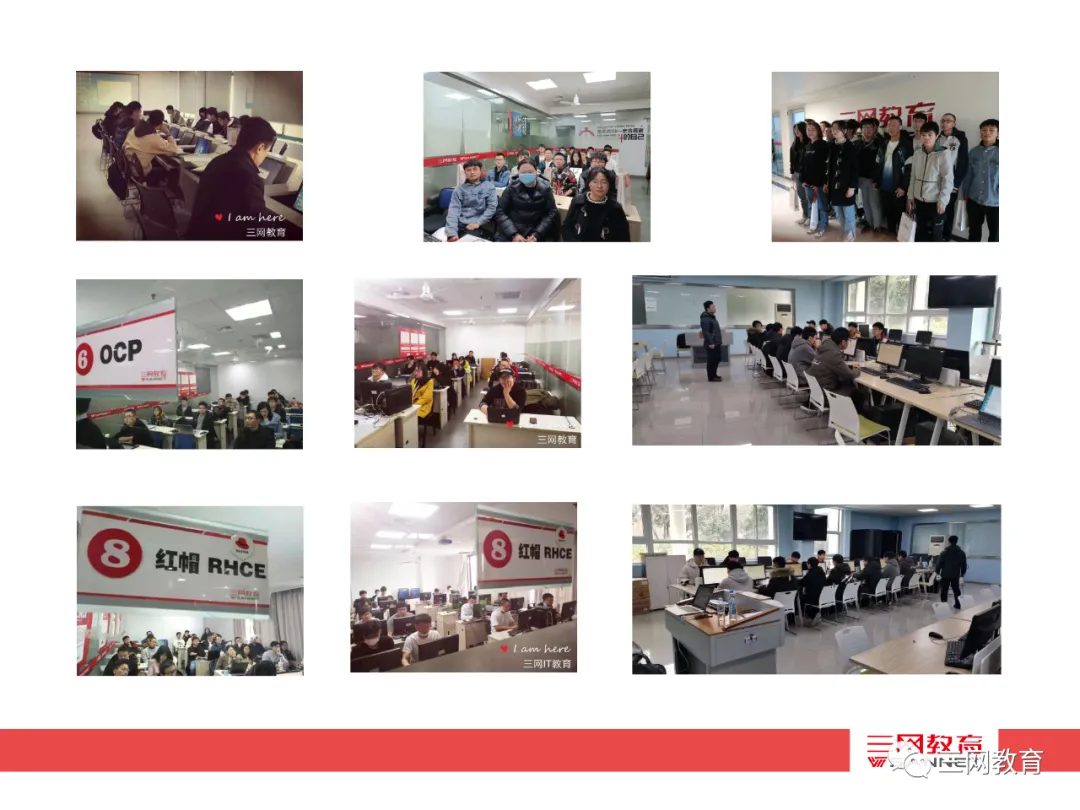

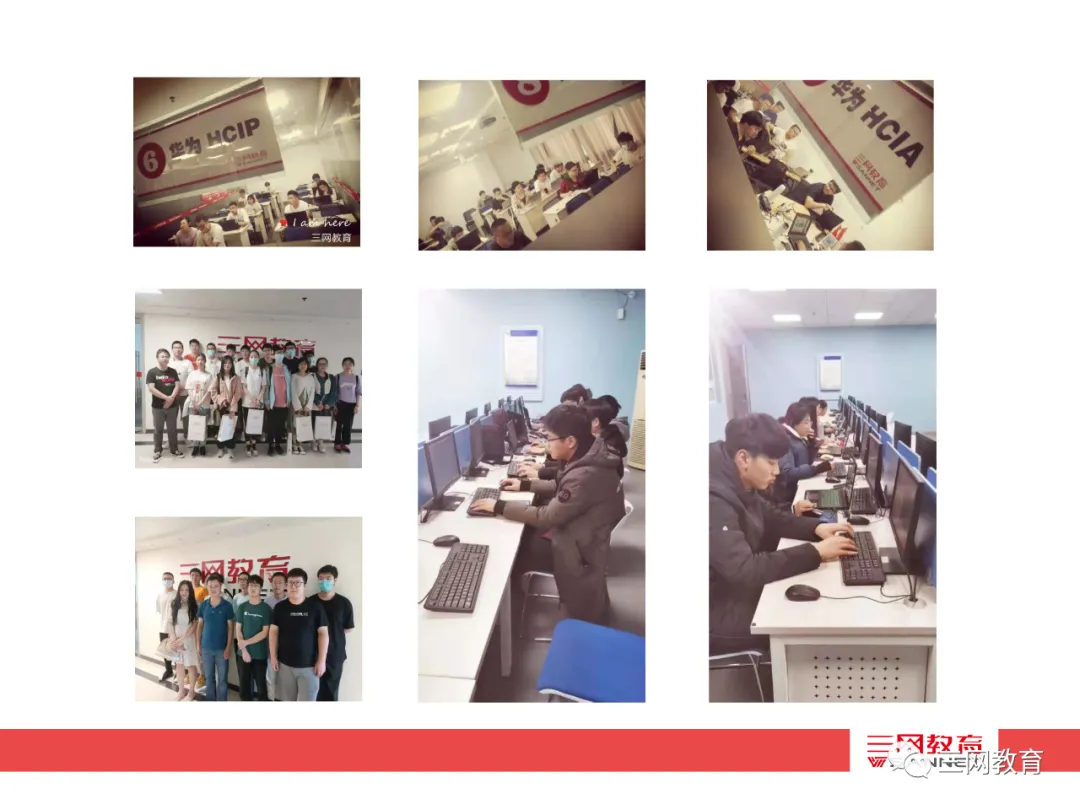

– END –
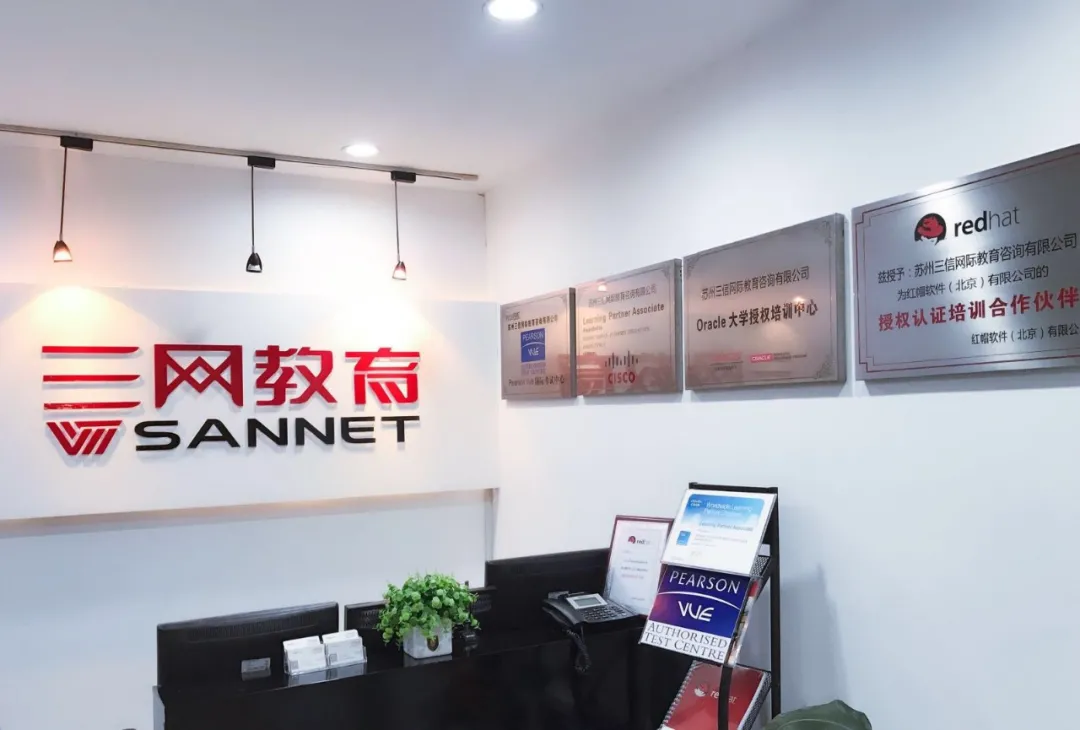
///
Professional • Strength • Integrity • Value

WeChat ID:hcie1024
Official Website:www.sannet.net
Consultation Hotline:17365375526
Address:Suzhou City, Xiangcheng District, Nantiangcheng Road No. 68
